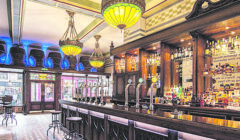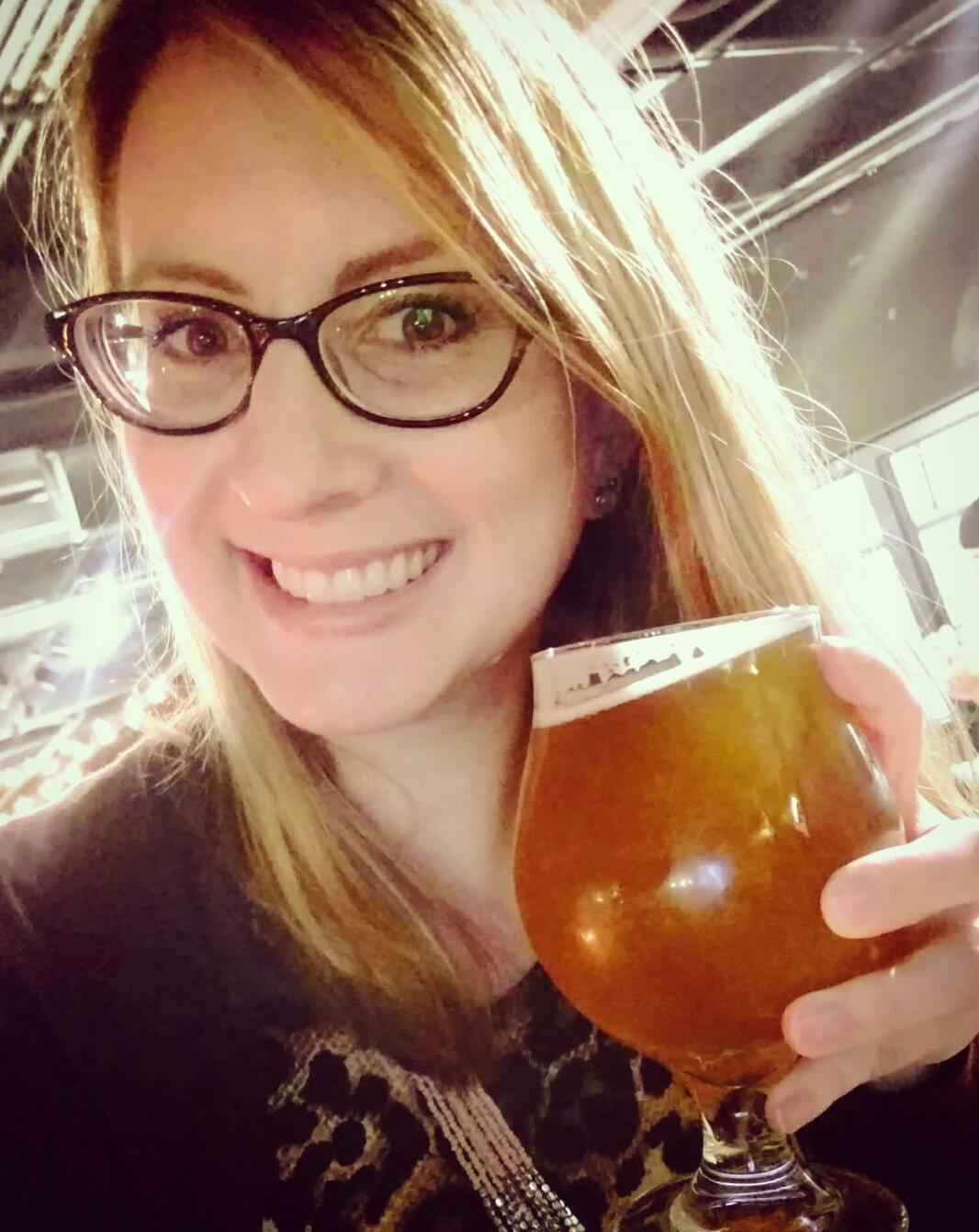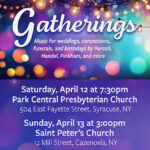Pints, Pubs & Cheers to Beer!
Fancy a pint or a bevvy at the pub with your mates? Saturday, June 15th is Britain Beer Day, giving us a smashing opportunity to do just that. Only, be sure to have your DD lined up in case you get bloody pissed!
 Britain Beer Day is celebrated annually on June 15th in the UK. The day is meant to “Celebrate Britain’s national alcoholic drink and spread beery love through the land.” There’s a National Cheers to Beer – where everyone is called to, at exactly 7pm BST (2pm EST), raise their glass, all at the same time, and shout out “Cheers to Beer!” (There’s even a social media hashtag for people to post their photos! #CheersToBeer) June 15th was chosen for this day for its significance of when the Magna Carta was sealed in 1215. Ale was so important during that time that it was even cited in this historical and legal document. Today, beer, and the pubs that serve it, are still vitally important to British life and culture and statistics show that 7 out of every 10 drinks sold in a pub are beer!
Britain Beer Day is celebrated annually on June 15th in the UK. The day is meant to “Celebrate Britain’s national alcoholic drink and spread beery love through the land.” There’s a National Cheers to Beer – where everyone is called to, at exactly 7pm BST (2pm EST), raise their glass, all at the same time, and shout out “Cheers to Beer!” (There’s even a social media hashtag for people to post their photos! #CheersToBeer) June 15th was chosen for this day for its significance of when the Magna Carta was sealed in 1215. Ale was so important during that time that it was even cited in this historical and legal document. Today, beer, and the pubs that serve it, are still vitally important to British life and culture and statistics show that 7 out of every 10 drinks sold in a pub are beer!
Even in modern times, we continue to uncover the historical significance of beer in the UK. In 2019, highway maintenance workers in Cambridgeshire, located in eastern England, dug up physical evidence of the first beer believed to have been brewed in the UK. The archaeological findings consisted of fragments of charred beer grain residues indicating the brewing processes of boiling, mashing and fermentation that dates back to more than 2000 years ago, during the Iron Age, in 400BC.
It is well-known that the surrounding area of East Anglia is home to some of the best barley crops in the world, both past and present. Several accounts and archeological digs have noted that brewing and beer existed during the period of history when the Romans occupied Britain, but prior to the actual physical discovery, there had only been written accounts of beer being brewed prior to the Romans arriving in AD 43; an example being a written accord by the Romans that the local peoples brewed a type of beer made from grain, known as “curmi.”
Throughout the hundreds (nay, thousands!) of years since that time, Britain has given rise to a variety of different beers, especially once hops were introduced as a crop around 1428.
 Bitter – This is a style of pale ale that varies in color ranging from gold to copper to dark amber and typically yielding an ABV of 3-5.5%. They are less on the hoppy side of things, and more malt-forward with caramel and biscuit notes. It is one of the most common and authentic beers in the UK and can be found on cask. They’re also not especially “bitter” as the name implies, but rather possess an ease to drinkability, low in carbonation, with only sometimes a slight bitterness on the finish.
Bitter – This is a style of pale ale that varies in color ranging from gold to copper to dark amber and typically yielding an ABV of 3-5.5%. They are less on the hoppy side of things, and more malt-forward with caramel and biscuit notes. It is one of the most common and authentic beers in the UK and can be found on cask. They’re also not especially “bitter” as the name implies, but rather possess an ease to drinkability, low in carbonation, with only sometimes a slight bitterness on the finish.
Cask Ale – Also known as Real Ale, dates all the way back to the Middle Ages. Per the group Campaign for Real Ale (CAMRA) this beer (which can be any variety of ale) is “brewed from traditional ingredients, matured by secondary fermentation in the container from which it is dispensed, and served without the use of extraneous carbon dioxide.” The end-product beer is therefore unfiltered, unpasteurized, and does not have any added carbon dioxide – only that which the yeast creates as a byproduct of consuming sugar. Traditionally, all casks (similar in appearance to a barrel) were made of wood, but today they can be metal – typically aluminum or stainless steel. They are stored on their sides and have an opening at one end where the beer is poured from when ready to serve.
 Brown Ale – This beer is varying shades of brown in coloration, with very malt-forward flavors of caramel, chocolate, and nuts, while being very lightly hopped. A bit more on the sweeter-side in addition. Traditionally, the beer utilizes 100% brown malt, thus the name of the beer. It is also low in ABV, usually around 3%.
Brown Ale – This beer is varying shades of brown in coloration, with very malt-forward flavors of caramel, chocolate, and nuts, while being very lightly hopped. A bit more on the sweeter-side in addition. Traditionally, the beer utilizes 100% brown malt, thus the name of the beer. It is also low in ABV, usually around 3%.
Barleywine – Considered to be a strong ale, this brew packs a punch with an average ABV between 6-12%. It may also be referred to as an “old ale” in Britain. Malty, rich, and complex, they offer notes of dark fruits, raisins, bread and toffee. Some versions are left to age in port wine, or bourbon barrels to instill even more intense flavors.
Scotch Ale – Another dark and boozy beer, these clock in between 6-10% ABV. They are full of dimension and richly malted with notes of caramel, caramelized sugar, toffee, nuts and sometimes even a bit of smoke. A Scotch ale is also synonymous with the name “wee heavy.”
 Stout – An exceptionally dark ale, this type of beer has a heavier pour, slightly more viscous in nature, and much more filling than a typical lighter ale. This is mostly due to the malt and smoked barley used in a stout’s brewing process. Rich and lustrous, notes of coffee, chocolate, toffee, molasses, and even licorice. You will not be able to define any hop flavors in a stout. Sub-categories of stouts include: dry stout, oatmeal stout, milk stout, imperial stout, oyster stout, chocolate stout, pastry stout and Irish stout. ABVs typically range from 4-8%, but an Imperial stout can make it all the way up to 16%!
Stout – An exceptionally dark ale, this type of beer has a heavier pour, slightly more viscous in nature, and much more filling than a typical lighter ale. This is mostly due to the malt and smoked barley used in a stout’s brewing process. Rich and lustrous, notes of coffee, chocolate, toffee, molasses, and even licorice. You will not be able to define any hop flavors in a stout. Sub-categories of stouts include: dry stout, oatmeal stout, milk stout, imperial stout, oyster stout, chocolate stout, pastry stout and Irish stout. ABVs typically range from 4-8%, but an Imperial stout can make it all the way up to 16%!
Porter – This dark ale sits somewhere between a brown ale and a stout; it’s slightly richer and more flavorful than a brown ale, but less so than a stout, in my opinion. It still has the smooth mouth-feel of a stout, but doesn’t pour as heavy. The beer ranges in ABV from 4-12% and will have roasted notes of chocolate, caramel, nuts, and/or coffee. Subcategories of porters include: English brown porter, Baltic porter, American porter, American imperial porter, German porter, robust porter, and smoke porter.
 India Pale Ale – Arguably one of the most popular beers throughout the world and the birthparent to several similar styles today, the IPA has its origin as an “October Beer” which is a form of a British strong ale. (A strong ale or old ale is traditionally dark and malty with an ABV usually greater than 5%.) Except this “October Beer,” took on a slightly paler coloration and was more generously hopped. As with the history of shipping and exports/imports to and from India during the 18th century, the “October Beer” began to be called “India Pale Ale.” Eventually, by the late 19th century, demand for this specific style of beer grew in popularity beyond the ports and into cities and further beyond into the countryside of Britain. It was then that brewers began to drop the “India” altogether, maintaining the “Pale Ale” notation only, but still retaining the original qualities and features of the IPA style.
India Pale Ale – Arguably one of the most popular beers throughout the world and the birthparent to several similar styles today, the IPA has its origin as an “October Beer” which is a form of a British strong ale. (A strong ale or old ale is traditionally dark and malty with an ABV usually greater than 5%.) Except this “October Beer,” took on a slightly paler coloration and was more generously hopped. As with the history of shipping and exports/imports to and from India during the 18th century, the “October Beer” began to be called “India Pale Ale.” Eventually, by the late 19th century, demand for this specific style of beer grew in popularity beyond the ports and into cities and further beyond into the countryside of Britain. It was then that brewers began to drop the “India” altogether, maintaining the “Pale Ale” notation only, but still retaining the original qualities and features of the IPA style.
British-style India Pale Ales are hoppy, moderately-strong, with earthy and floral notes and a dry finish, ranging from 5-7% ABV. Variations today include: black IPAs, brut IPAs, double IPAs, imperial IPAs, triple IPAs, New England IPAs/NEIPAs or east coast IPAs, milkshake IPAs, west coast IPAs, sour IPAs, and white IPAs.
This June 15th, grab your mates along with a traditional British beverage and Cheers to Beer!
References:












